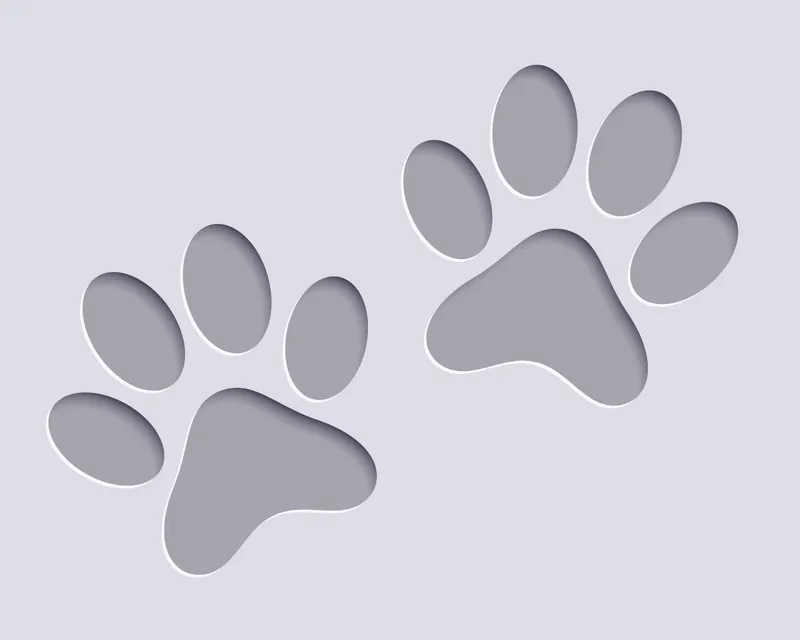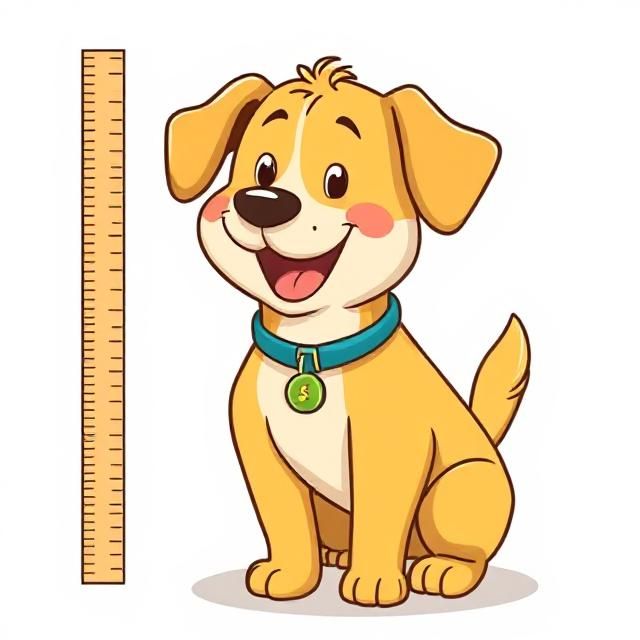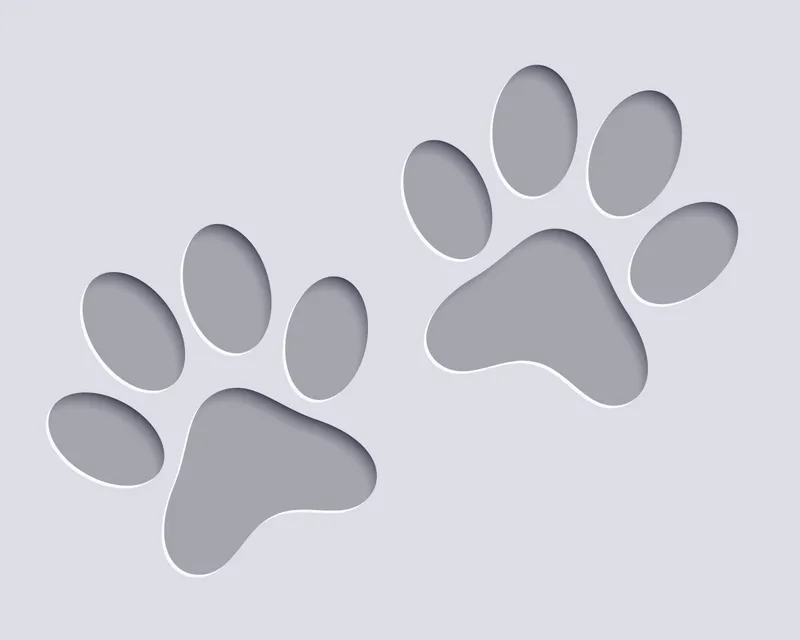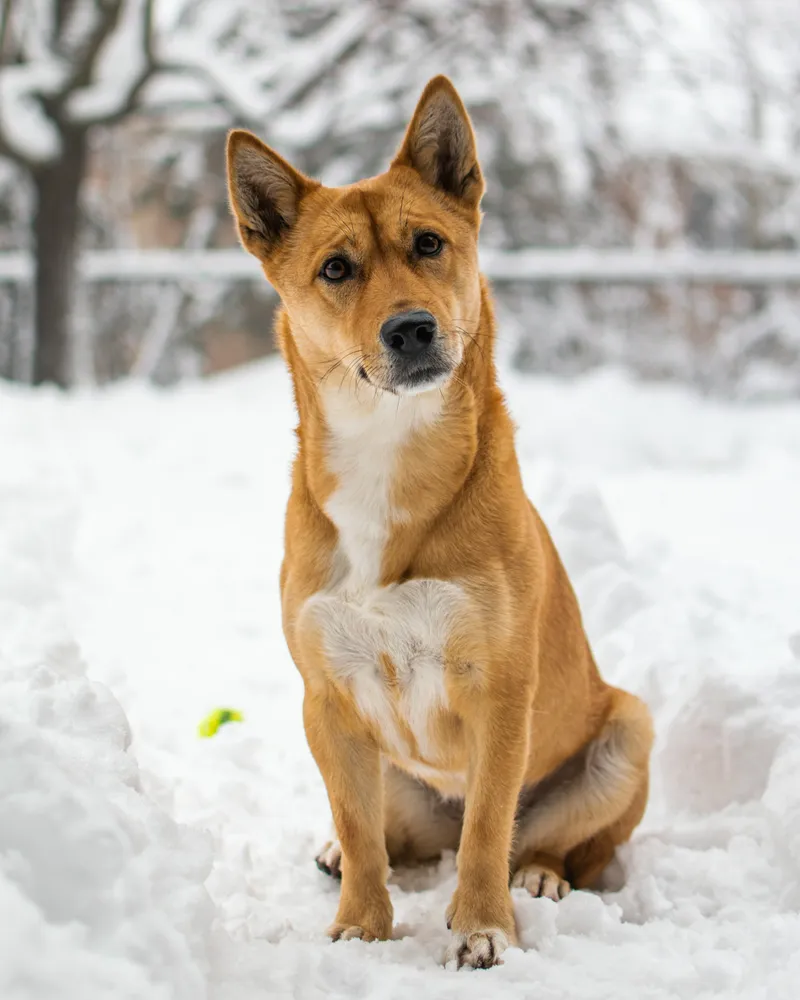Schipperke

Description
The Schipperke is a small, compact dog breed that originated in Belgium. Often referred to as the "little captain," this breed was historically used as a watchdog and a ratter on boats and in homes. Schipperkes are known for their fox-like faces, pricked ears, and thick double coat, which gives them a distinctive and adorable appearance. They are a member of the Non-Sporting Group and are recognized by various kennel clubs around the world.
Personality
Schipperkes are spirited, intelligent, and highly energetic dogs. They are known for their playful and curious nature, often displaying a strong desire to explore their surroundings. These dogs are loyal and protective of their families, making them excellent watchdogs. They can be somewhat independent and assertive, which may require consistent training and socialization from an early age. Schipperkes are also known for their lively demeanor and can be quite entertaining with their antics.

Care Requirements
Schipperkes require regular exercise due to their high energy levels; daily walks, playtime, and mental stimulation are essential to keep them happy and healthy. Their thick double coat needs regular grooming, particularly during shedding seasons, to prevent matting and to control loose hair. Schipperkes are generally healthy but are prone to certain conditions such as hip dysplasia and eye problems, so regular veterinary check-ups are important. They thrive in a loving environment and require socialization and training to ensure they grow up to be well-rounded companions.
Suitable For:
- Owners who appreciate a protective dog.
- Families that can provide moderate exercise opportunities.
- Individuals or families who enjoy training dogs.
- Households that don't mind a dog that barks fairly often.
- Owners who prefer a dog that is selectively social.
Not Suitable For:
- Families with very young children who may not understand a dog's boundaries.
- Households with numerous other pets.
- Individuals who prefer an overly friendly dog with all strangers.
- Those who prefer a quiet, low-barking breed.
- People who are unable to provide regular mental and physical stimulation.
Physical Characteristics
The typical Schipperke stands between 10 to 13 inches tall and weighs around 10 to 20 pounds. They have a sturdy, square-shaped body and a thick, double coat that is usually black, although other colors such as chocolate and cream can also occur. Their thick fur often gives them a ruff around the neck, and they have a naturally docked tail or a tail that is very short. Schipperkes have a wedge-shaped head with a pointed muzzle and erect, triangular ears that add to their alert expression.
Height
Male: 11" - 13"
Female: 11" - 13"
Weight
Male: 10 - 16 lbs
Female: 10 - 16 lbs
Life Expectancy
12 - 14 years

Breed Profile
Breed Characteristics
Maintenance Requirements
Breeds Similar to Schipperke
Based on temperament, size, and care requirements, these breeds share similar characteristics:
Frequently Asked Questions
Affiliate Disclosure: Pet Breed Hub participates in affiliate programs. We may earn a commission from qualifying purchases made through links on this page, at no additional cost to you. These commissions help us maintain this free resource. Learn more
Recommended Products for Schipperkes
Fun Facts
The Schipperke breed originates from Belgium, where they were initially used as watchdogs on canal boats, hence their name which translates to 'little captain' in Flemish.
Despite their small stature, Schipperkes are known for their robust physical health and longevity. They have a life expectancy of 13 to 15 years, which is considerably longer than many other dog breeds.
Schipperkes are known for their unique and distinctive physical appearance. They have a thick, black double coat, a fox-like face, and a tail that is either naturally very short or traditionally docked to a stub. This gives them a unique 'rumpless' look.
Schipperkes are highly intelligent and curious dogs that are known for their energetic and mischievous behavior. They are sometimes referred to as "LBD" or "Little Black Devil" due to their propensity for getting into trouble.
The Schipperke has a unique place in royal history. Queen Marie Henriette, a dog enthusiast, fell in love with the breed during the 1880s and helped popularize them across Belgium and beyond. She is often credited with helping establish the first breed standard for the Schipperke.



